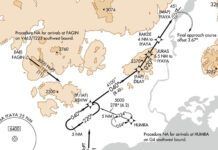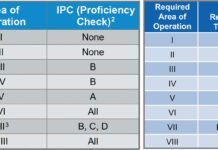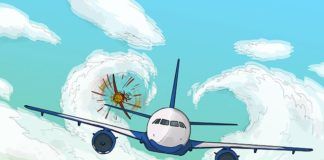Pilots retiring from professional flying and downsizing into personal aircraft often want to fly something that’s capable, yet simple and efficient. That’s understandable, as they want to use their extensive experience. They’re also flying for themselves (and paying for it), so an airplane that economically delivers practicality and enjoyment is the goal. The following examples reflect the common “downsizing” profiles I’ve seen.
Doug flew heavies for a major airline for 30 years and hasn’t flown a single-engine airplane in that time. He’ll be flying a club-owned Cirrus SR22 for trips to visit family. Highly proficient in automation, IFR ops and glass-panel navigation, most of his flight training in the Cirrus was spent getting used to a cockpit that sits just six feet off the ground, not 26. He also focused on differences in ice protection, engine management and the autopilot. He was disappointed to learn that the Cirrus rudder pedals are not adjustable, but he got over it.
Doug easily completed the Cirrus standard transition training syllabus, which includes home-study of the POH and written quizzes followed by dual instruction in VFR and then IFR flying. All he officially needed from his CFII after 12 hours of dual was a Cirrus transition completion signoff and the time recorded in his logbook, including the eight IAPs and related operations he practiced ‘til he felt comfortable with the airplane.
Mike is a retired military helicopter pilot. He wants to buy a 1981 Cessna 177RG for personal travel and will need to obtain a fixed-wing rating. He learned to fly rotorcraft in the military and has never flown a fixed-wing airplane. This is not as challenging as it might seem; most highly trained heli pilots can strap into a typical light airplane and maneuver it nicely from the get-go. This is why Mike feels he’s downgrading more than downsizing, but who flies Blackhawks on vacation?
The Cardinal he has his eye on has an aftermarket turbo and speed mods, plus a charming old panel with steam gauges and nothing else for modern conveniences. If he buys it, he plans to upgrade the panel to digital and ADS-B capabilities within a year. His transition training will begin with the 400-NM trip home with the Cardinal and his CFII, which will count towards qualifying for a fixed-wing rating. His biggest challenge will be getting familiar with IFR procedures as they relate to airplanes, which have big differences in climb/descent profiles, speeds and landing/missed procedures. His next challenge will be convincing his instructor that she’s not a complete pilot unless she has a helicopter rating. —EK




